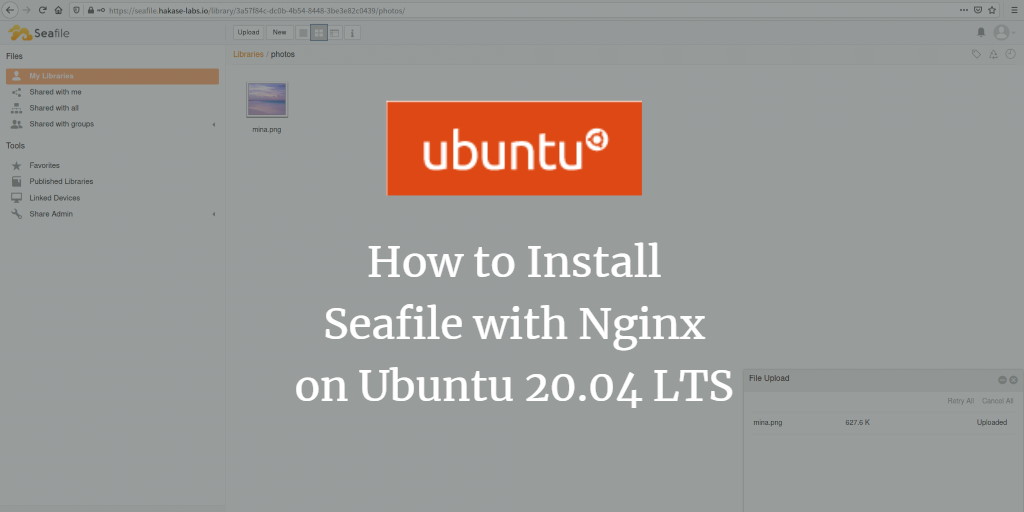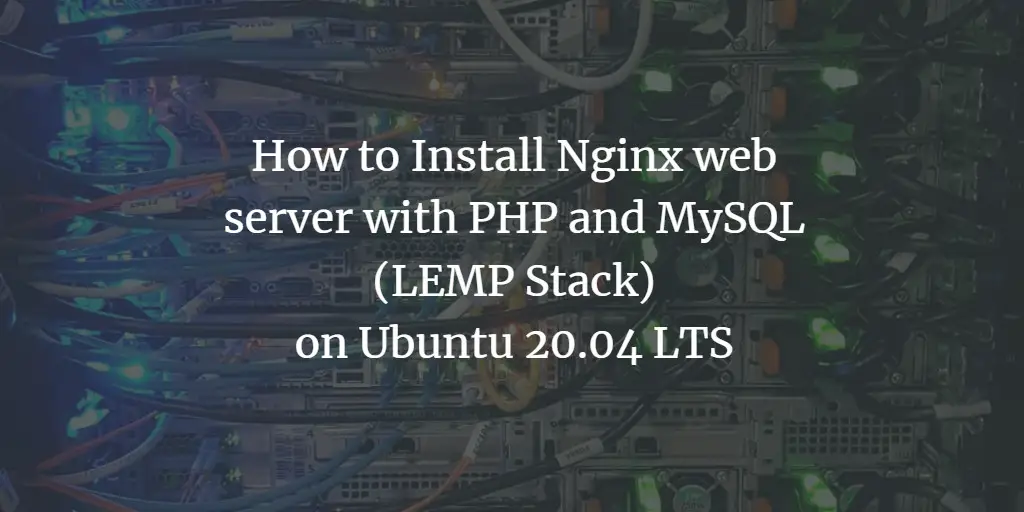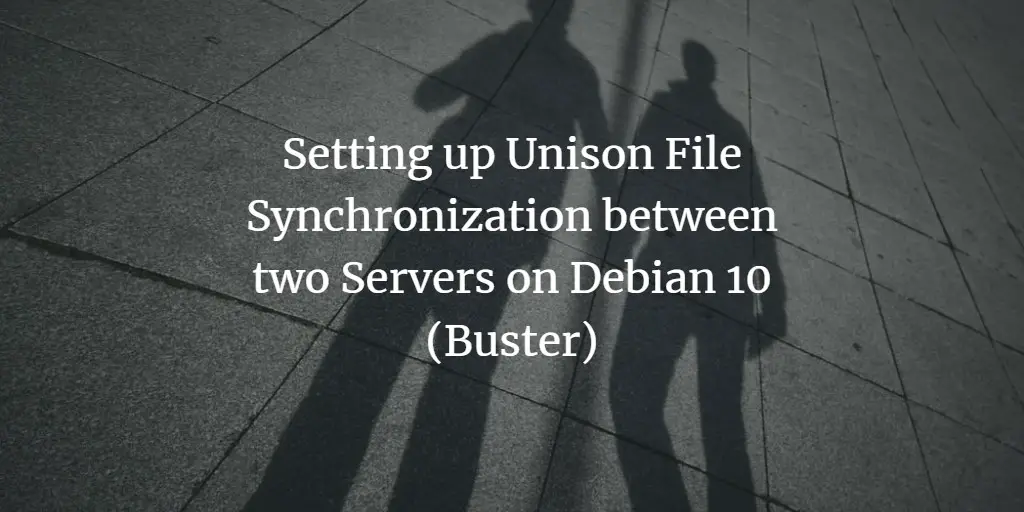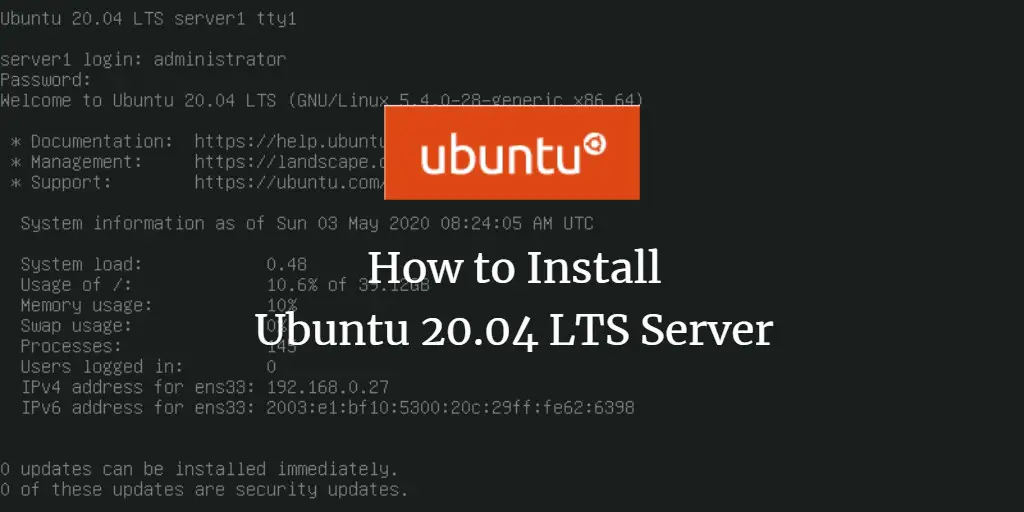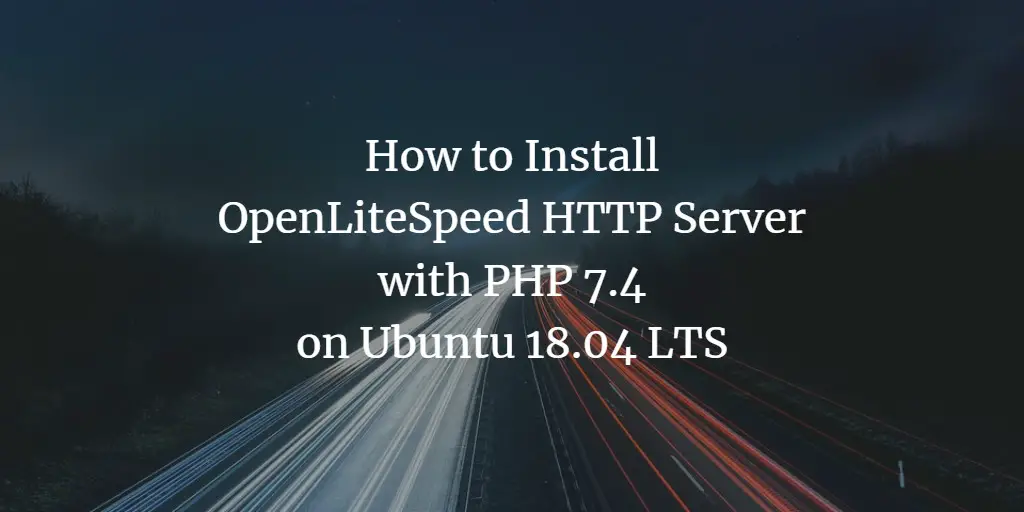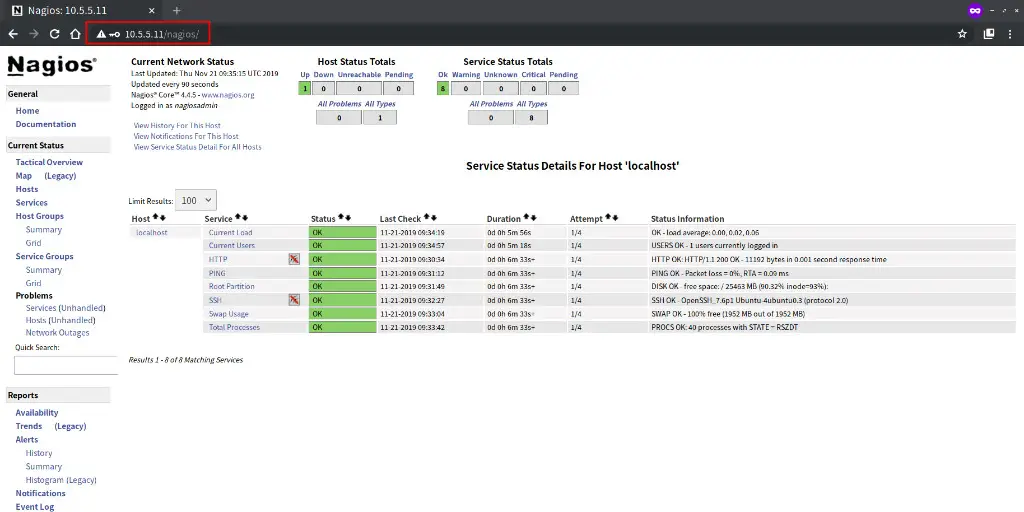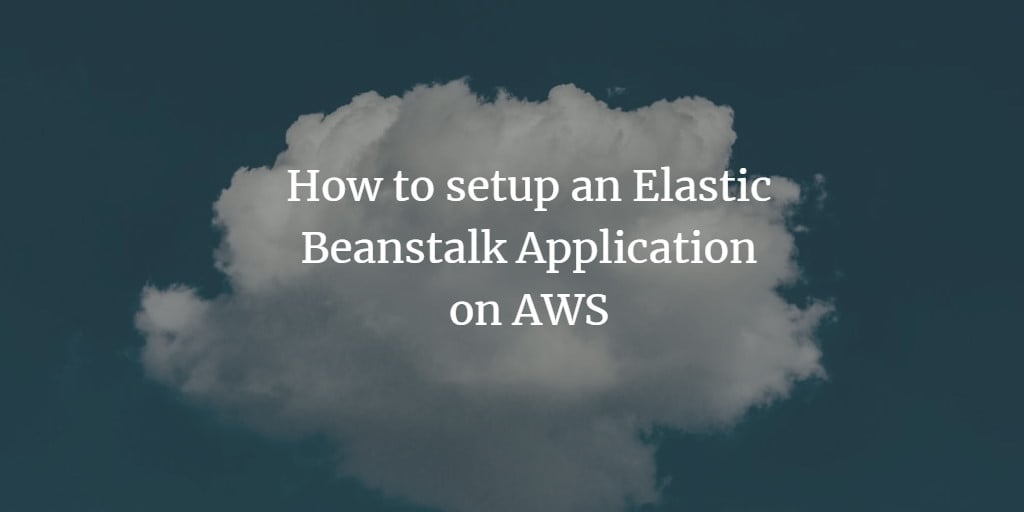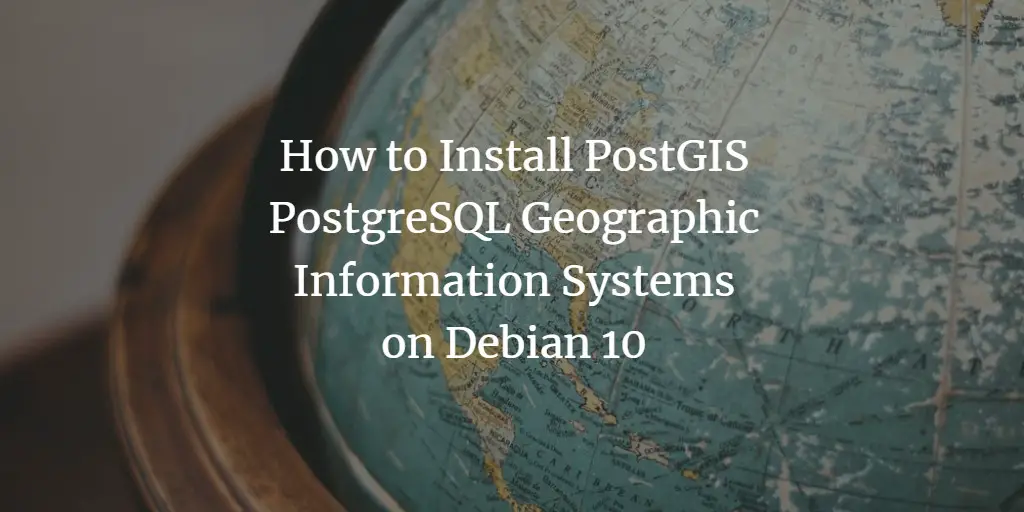Linux Tutorials on the topic “server”
-
How to Install Ruby on Rails (RoR) on Debian 10
Author: Muhammad Arul • Tags: debian, linux, programming, server, web server • Comments: 0In this tutorial, we will show you how to install Ruby on Rails on the Debian Buster 10. This guide will cover the RVM (Ruby Version Manager) installation, PostgreSQL database installation, and creating the simple CRUD application with Ruby on Rails and using PostgreSQL as the backend database.
-
How to Install Seafile with Nginx on Ubuntu 20.04 LTS
Author: Muhammad Arul • Tags: linux, server, ubuntu, web server • Comments: 4Seafile is an open source file-hosting and cloud storage system similar to Dropbox, but you can install and run it on your own server. In this tutorial, I will show you step-by-step how to install and configure a Seafile server with Nginx web server and the MySQL database.
-
How to Install Nginx with PHP and MySQL (LEMP Stack) on Ubuntu 20.04 LTS
Author: Muhammad Arul • Tags: linux, mysql, nginx, php, server, ubuntu, web server • Comments: 2This tutorial shows how you can install Nginx on an Ubuntu 20.04 LTS server with PHP 7.4 support (through PHP-FPM) and MySQL support (LEMP = Linux + Nginx (pronounced "engine x") + MySQL + PHP).
-
-
How to setup Apache Tomcat cluster with 3 Nodes on Ubuntu
Author: Rahul Shivalkar • Tags: linux, server, ubuntu • Comments: 0In this article, we will see how to set up a cluster of Apache Tomcat servers. We will be using 3 Ubuntu 18.04 EC2 Instances or VMs, here I have used EC2 instances. We will also see the steps to install Java since Apache Tomcat requires Java.
-
Setting up Unison File Synchronization between two Servers on Debian 10 (Buster)
Author: Till Brehm • Tags: debian, high-availability, server, storage • Comments: 1This tutorial shows how to set up file synchronization between two Debian 10 servers with Unison. Unison is a file-synchronization tool similar to rsync, the big difference is that it tracks/synchronizes changes in both directions, i.e., files changed on Server 1 will be replicated to Server 2 and vice versa.
-
How to Install Ubuntu 20.04 LTS (Focal Fossa) Server
Author: Till Brehm • Tags: linux, server, ubuntu • Comments: 9This tutorial shows the installation of an Ubuntu 20.04 base server in detail with many screenshots. The purpose of the guide is to show the base installation of Ubuntu 20.04 LTS that can be used as a basis for our other Ubuntu tutorials here at howtoforge like our perfect server guides.
-
How to Install OpenLiteSpeed HTTP Server with PHP on Ubuntu 18.04 LTS
Author: Muhammad Arul • Tags: linux, php, server, web server • Comments: 3OpenLiteSpeed is an open-source HTTP server developed by LiteSpeed Technologies. It is a high-performance and lightweight HTTP server with a web-based GUI for administration. In this tutorial, we show you how to install OpenLiteSpeed with the MariaDB database and the current PHP 7.4 on the Ubuntu 18.04 server.
-
How to Install Nagios Monitoring Software on Ubuntu 18.04 LTS
Author: Muhammad Arul • Tags: linux, monitoring, server, ubuntu • Comments: 5Nagios is open-source software for system and network monitoring. Nagios can monitor the activity of a host and its services and provides a warning/alert if something bad happens on the server.
-
How to setup an Elastic Beanstalk Application on AWS
Author: Rahul Shivalkar • Tags: cloud, linux, server • Comments: 0Elastic Beanstalk is one of the "computer" services in the Amazon Web Services (AWS) cloud. It allows us to easily manage and deploy applications. We don't have to understand or learn the services required to run our application. With Elastic Beanstalk, we only need to upload our application and Elastic Beanstalk takes care of the rest. Elastic Beanstalk supports applications developed in Java, .NET, Go, PHP, Python, Node.js and Ruby.
-
How to Install PostGIS PostgreSQL Geographic Information Systems on Debian 10
Author: Hitesh Jethva • Tags: debian, linux, server • Comments: 0PostGIS is an open-source software that allows "Geographic Information Systems" objects to the PostgreSQL object-relational database. In this tutorial, we will learn how to install PostGIS on Debian 10.


